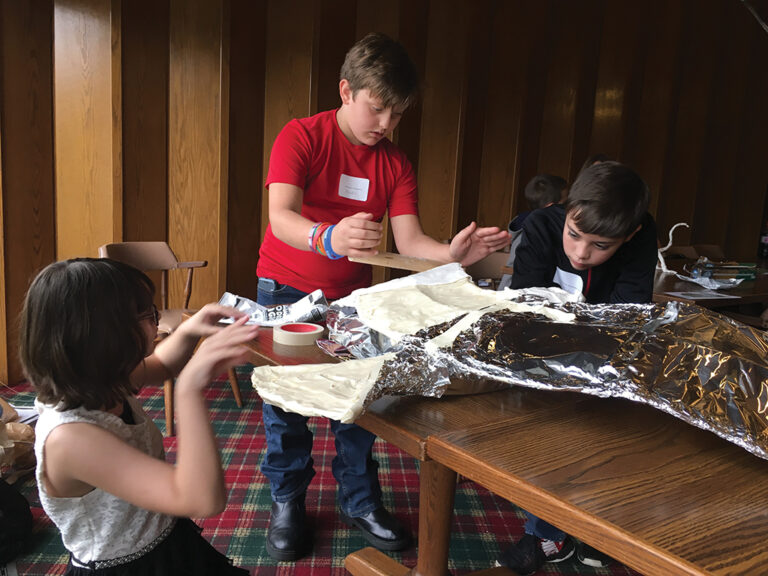FROM LEFT TO RIGHT: Students, Alyvia Abner, Dakota Brown and Blake Hammons, from G.R. Hampton Elementary collaborate on a sculpture during a hands-on workshop led by artist Bob Montgomery at the Arts Connect Appalachian Youth Summit last fall.
Knox Appalachian School, in Barbourville, Ky., is a place where students could benefit from a little success in their lives. Kids “in the system” come here when their parents lose custody to the state or when they need a soft place to land after being in detention. They live on site
at the Appalachian Children’s Home, for which the school was built.
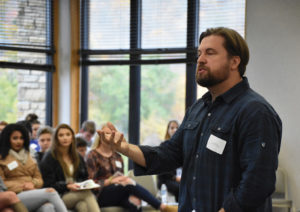
“A lot of these kids struggle with school,” said Kenny Smallwood, head teacher at the Knox Appalachian School. “They have many struggles. For the most part it stems from parent issues—a lot of the parents aren’t involved.”
The teachers there are limited in what they can provide students, so they focus on the core curriculum. Outlets like sports, music or the arts are not readily available or funded. Then in fall 2018, an opportunity presented itself in the form of an “art summit,” organized by Partners for Education (PFE) at Berea College.
The summit was being held at Buckhorn Lake State Park in Perry County, nearly two hours away. Smallwood gathered up half a dozen children he thought could benefit, and together they made the trip. They joined 121 other fourth through 12th-grade students from five Promise Zone counties. Promise Zones are high-poverty communities working with federal and local partners on a number of revitalization efforts in southeastern Kentucky. The students met five regional artists who would conduct hands-on workshops with them in music, visual art, media arts, theater and writing. The artists also would conduct week-long residencies at their school in the months following the art summit to produce group art projects.
“We didn’t know what to expect,” Smallwood said, “but all of them enjoyed it and had an experience they wouldn’t have had otherwise. It’s a way for kids to succeed. Not everybody’s good at school, but for some kids, art is their outlet, and they can have success at that. That’s what we’re trying to do: find something they can be successful at.”
The summit was made possible by a new program at PFE called Arts Connect Appalachian Youth (ACAY), supported in part by an award from the National Endowment for the Arts. The five artists invited to lead the workshops and residencies included media artist Tammy Clemons; musician Taylor Dye; theater, film and community arts producer Robert “Bobbyb” Martin; sculptor and visual artist Bob Montgomery; and author and poet Judy Sizemore. Partners for Education coordinates the program in conjunction with the Kentucky Arts Council, Kentucky Educational Television and the Kentucky Highlands Corporation, lead agent for the Promise Zone.
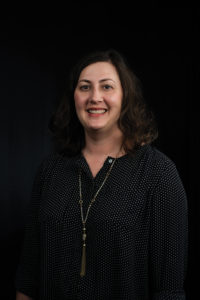
“Arts education gives students, especially in our region, an opportunity to explore, self-express and engage with regional artists in their community that they may not ever have another chance to meet,” said Natalie Gabbard, arts and humanities project director at PFE.
“Other than sports or academic competitions, these students don’t have opportunities to come together with students from other schools in the region.”
The region includes Bell, Clay, Harlan, Knox, Leslie, Letcher, Perry and Whitley counties, and also Owsley County, which gained national attention in recent years after being dubbed the poorest county in the country. The ACAY program encourages students to think about place, what cultural aspects of the region are important to them and what traditional art forms are relevant to their communities.
“It’s not necessarily that every group has to write a Bluegrass song or paint landscapes of mountains,” cautions Sarah Campbell, PFE’s arts integration coordinator. “It’s just having a sense of why where you’re from matters and has value.”
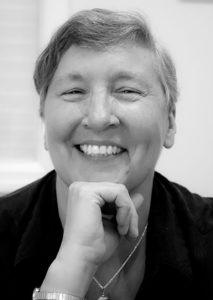
Learning to be proud of and to value where they are from is a key need for students from disadvantaged areas. Judy Sizemore led some groups of students in writing “Where I’m From” poems, a writing exercise popularized by Kentucky poet laureate George Ella Lyon. Sizemore said that experience sparked something in the Owsley County students, who have already moved on to plan what they would work on during the upcoming residencies.
The plan had its roots in another project produced a few years ago by the adults in their community after national media, unfairly in their opinion, portrayed the county as one of the worst places to live in America. The local residents, feeling exploited and misunderstood, crafted a performance piece called “Home Song” based on interviews with community members about why they loved living there. “Home Song” was the collective effort of local writers and musicians.
“People like Anne Shelby, Bobbyb Martin, Mitch Barrett, and others in Owsley County put their heart and soul into it,” Sizemore said. PFE also played a role in producing “Home Song,” in partnership with the Owsley County Action Team.
For the Owsley County teens at the art summit, ACAY presented them with the opportunity to envision their own “Home Song,” and shine a light on the area’s challenges from a youth perspective.
“It was so critical for them to be able to do that,” Sizemore said. “That was what was on their minds. They identified some incredible problems kids today in these communities are facing, and it was so powerful that they were looking at their own lives and saying, ‘We’re in a state of crisis, and we need to articulate that.’”
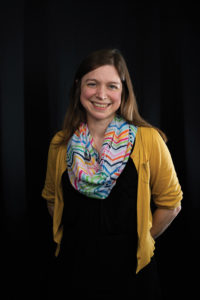
Challenges they face in their home communities was a unifying thread for many of the students at the summit. “Art’s always about something, so it also connects in terms of whatever that content is,” Campbell said. “Both kids from the Knox Appalachian School and Owsley County brought up that the opioid crisis is something that is impacting their lives, and they want to talk about it in a serious way.”
But for the kids, it’s not merely the chance to practice arts and express themselves. It’s also about being with other kids like themselves.
“For them,” said Campbell, “it was really valuable just to come together with other creative kids from across the region. They got to celebrate what they really loved, and they want more of it.”
“What I liked most,” said 15-year-old Joshlyn Gay from Leslie County, “was bonding with the other students from around Kentucky—making friends who are interested in the arts.” Gay said she liked art because it gives her a way to express herself with or without using words. “I can portray a story in a paint stroke,” she said, “or a landscape in a verse.”
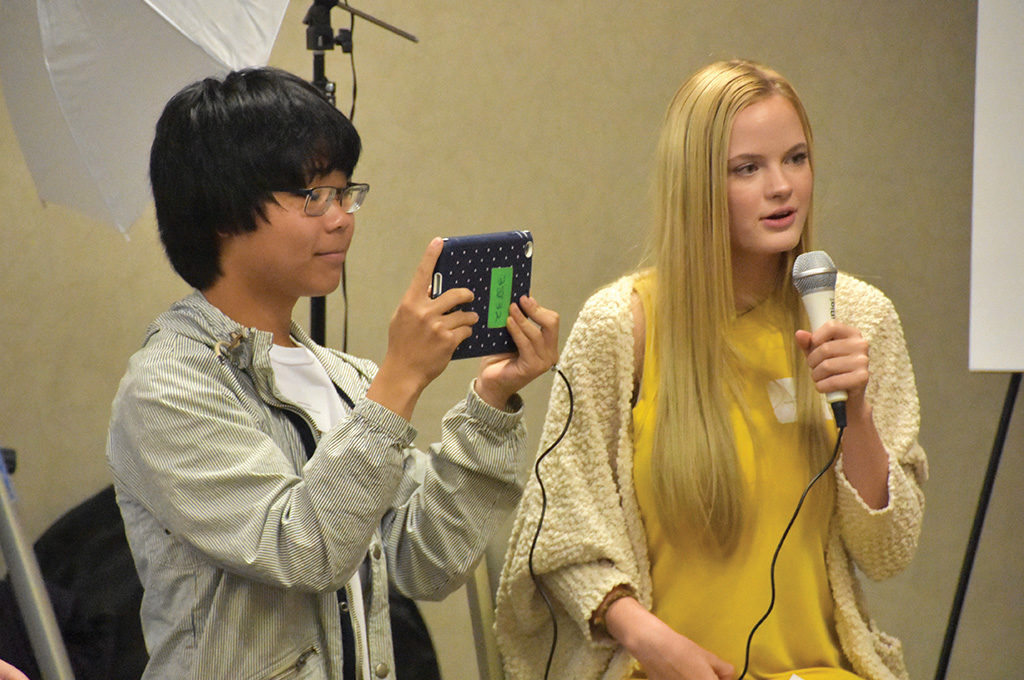
Robin Garrison, who teaches English and visual performing arts and theater at Leslie County High School, said opportunities like the art summit and residencies give students who are interested in the arts a sense of purpose in addition to regional connections.
“Berea has done a really outstanding job of reaching out to the poorer schools and the schools that don’t have as much going for them and letting these kids know there’s a life out there for them in the arts,” Garrison said.
With residencies in both the spring and fall semesters this year and another art summit, the students will work with one resident artist on group projects, and Sizemore will rotate through all nine schools. Their work, which could be a sculpture, video, poem or performance, will be used in an “Arts Connect” communications campaign highlighting the importance of arts education.


